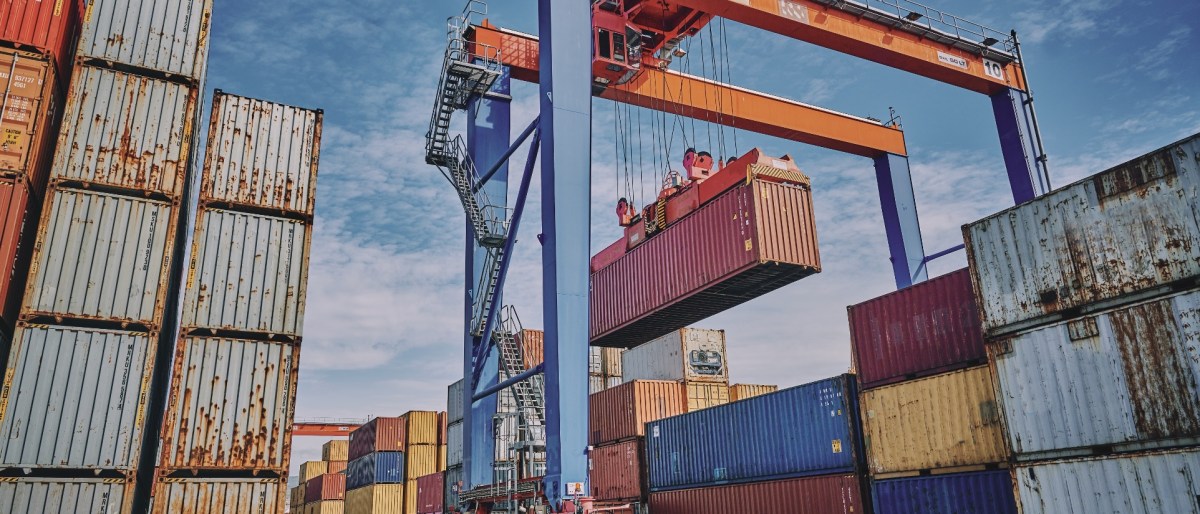Lack of time, fear of tech failures and a legacy culture are the biggest challenges holding back Australian logistics companies from achieving real-time, end-to-end supply chain visibility, a new report from HERE Technologies has found.
The HERE Technologies’ APAC On The Move report identified a hesitance to pursue operational efficiencies through technology despite clear market motivations. Many Australian transport companies are already competing on thin margins in an environment of increased operational costs, lingering impacts of the pandemic and chronic labour shortages, and many see new technology implementation as a potential disruption to existing systems.
The study found almost all Australian logistics leaders (96%) were confident of being ahead or in line of the industry and competitors when it comes to leveraging automation, despite only half of Australian businesses (49%) tracking delivery assets and shipment/cargo in real-time – with no manual inputs.
Issues such as software integration challenges with existing infrastructure (18%), lack of time to implement solutions (15%), and a perceived lack of need to adopt monitoring solutions (14%) were the main barriers to adopting logistics assets tracking and shipment/cargo monitoring solutions.
For one-fifth of all firms surveyed in Australia (21%), identifying the right partners and/or suppliers is their biggest barrier to technology implementation. The concern of potential disruption to existing processes and services, and the ability to justify return of investments also ranked high.
HERE Technologies general manager for Australia and New Zealand, Daniel Antonello said, “Our study unveiled a fascinating paradox. While Australian supply chain and logistics leaders have grand plans to improve operational efficiency, many are paralysed by a fear of failure and lack of time and quality partners to achieve successful integration.
“At a time when market pressures are pushing many businesses to breaking point, it means too many leaders are missing out on productivity and efficiency opportunities, not to mention cost-savings, safety and emission reductions. A national supply chain strategy that makes it easy to fast-track tech adoption should be a priority, and technology that helps to derive meaningful insights through accurate and timely location data is key.”
Australian Logistics Council CEO, Hermione Parsons added, “The digital transformation of supply chains has become imperative for companies to remain competitive in today’s fast-paced business landscape. By leveraging technology to streamline operations and enhance visibility, organisations can improve efficiency, reduce costs, and enhance customer satisfaction.
“The pandemic has underscored the significance of digital supply chain transformation, and it is vital to prioritise initiatives that help fast-track the adoption of technology. A national supply chain strategy is needed – one that considers data and how it can be shared and intelligently used for clearly articulated, specific purposes – to the benefit of public policy, the private sector and community.”

